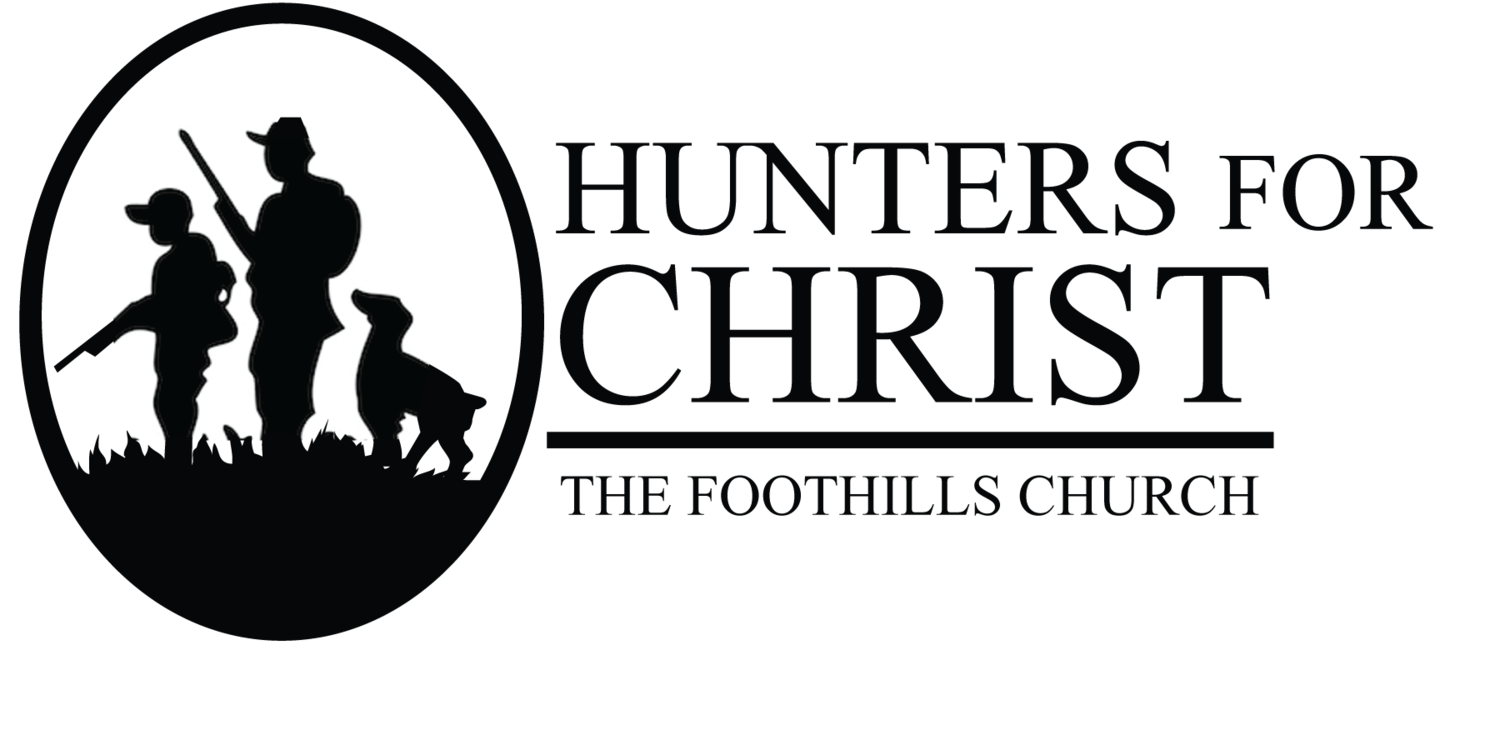You wake up an hour before dawn to the screaming sound of your alarm clock and once again contemplate whether you actually enjoy hunting or if you’d rather just stay in your warm bed. You tell yourself you’ll just lay there for five more minutes which turn into twenty, then thirty and before you know it you are rushing around the hunting cabin stuffing a piece of toast down your throat with one hand and zipping up your hunting jacket with the other.
You step outside the door and the brisk morning air hits your face, making you long for the warmth of the fireplace you just left. With glove covered hands you load up your rifle and sling it over your shoulder, walking over to join your family and friends as they discuss hunting strategies.
Now, I don’t know about your hunting buddies, but I have been blessed to share the same faith in our savior Jesus Christ with mine. Along with the usual good-natured ribbing and the sharing of jokes, before we part ways, we always take time to pray with and for each other.
We all close our eyes and my father’s familiar voice would cut through the morning quiet, “Heavenly Father, we thank you for this time we have together. We are truly so blessed to have this opportunity and I ask that you would keep us all safe and that we would have successful hunts. In your name we pray, amen.”
We all would part ways and head off into separate directions, I would head off to my ‘sweet spot’ where I had been hunting that week and had seen some beautiful whitetail bucks. Today was my day, I was giddy with excitement and the long walk didn’t seem all that bad. I looked around me, the air was cold and refreshing as I breathed deeply and filled my lungs with it. As I walked, grasshoppers and crickets hopped out of the way and I could hear the occasional tweet of a bird or chirp of a squirrel in a tree above me.
As the sun slowly made its way into the sky the earth was enveloped in its light and warmth, I stopped in my tracks and watched as it continued to rise. Standing there in the heart of God’s creation, seeing a sight that very few people are fortunate enough to witness, I realize how blessed I truly am. For me, hunting isn’t always about harvesting a beautiful animal, although that is a major factor, sometimes it’s just about getting out of the noise of your daily life, witnessing God’s creation and just simply spending time with Him.
“So whether you eat or drink or whatever you do, do it all for the glory of God.” 1 Corinthians 10:31
Written by,
Audrey Liddle
Hunter’s For Christ Pro Staff










